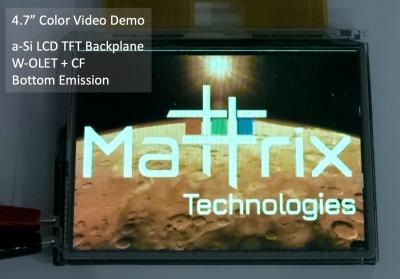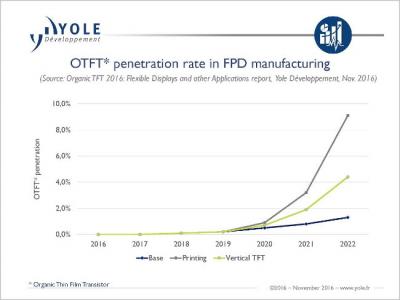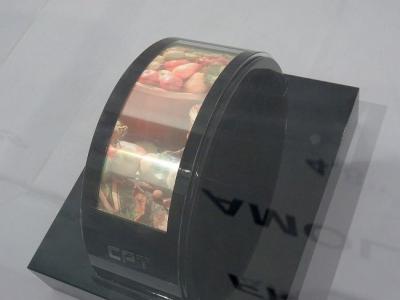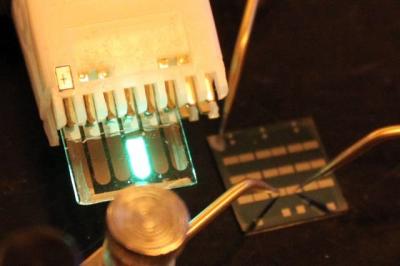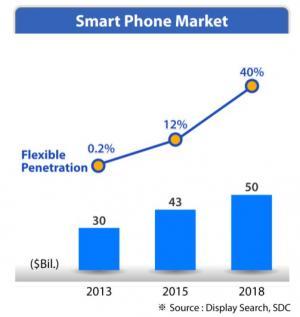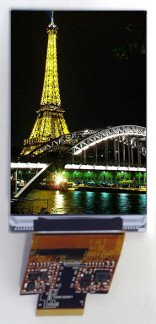 UK-based SmartKem is developing a new class of flexible high-mobility p-type semiconductor inks for flexible displays. The company recently made headlines as it started its commercialization phase and announces advances in its collaboration projects with OLED producers in Asia.
UK-based SmartKem is developing a new class of flexible high-mobility p-type semiconductor inks for flexible displays. The company recently made headlines as it started its commercialization phase and announces advances in its collaboration projects with OLED producers in Asia.
SmartKem's CEO and founder, Steve Kelly, was kind enough to answer a few questions we had on SmartKem's technology and business. Steve is an international business professional with more than 20 years’ experience specializing in technology ventures, particularly early stage. He has extensive experience in Intellectual Property exploitation, VC funding and launching new technology to market.
Q: Steve, thank you for your time and for this interview. Can you first give us an overview of SmartKem’s OTFT technology?
SmartKem’s organic thin film transistor (OTFT) backplanes are designed for both glass and flexible displays. They are compatible with electronic paper displays (EPD), liquid crystal displays (LCD) and organic light-emitting diode (OLED) technologies. Through our sophisticated modelling and simulation, they have sufficient driving capability for OLED and potentially, microOLED displays which offer increased contrast, response times and energy efficiency.
